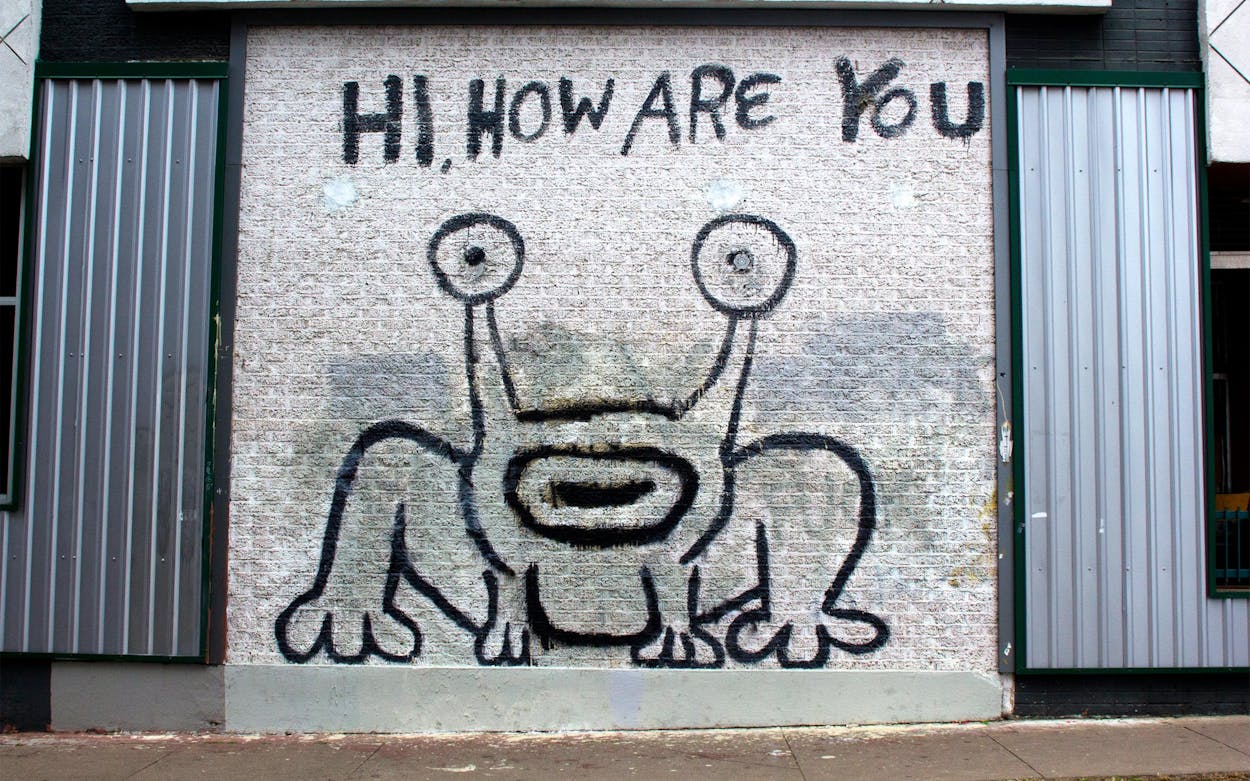Somehow, four months into the global pandemic that has warped American society in every conceivable way, we are still debating one of the simplest parts of infectious disease control: whether or not people should wear masks. This isn’t really a complicated issue—scientists have known for generations that masks prevent the spread of disease, which is why medical professionals wear them—but masks, like everything else, have become a culture war. And the tenor of this part of our ongoing struggle to agree on nothing has fallen along curious lines that butt up against some deep-seated issues in our society. Men, who often question whether various aesthetic choices undermine their masculinity, struggle with the fear that wearing a mask displays a lack of toughness.
In recent weeks, this phenomenon has been cited in academic research; it’s been expressed by popular dude-ly podcasters; it’s been lampooned and decried and pushed back against in the media. Dick Cheney, so tough that he famously shot a dude in the face and then got that guy to apologize to him for getting in the way of his shotgun, appeared in a photo tweeted by his daughter with the hashtag #realmenwearmasks.
Dick Cheney says WEAR A MASK. #realmenwearmasks pic.twitter.com/iBfVoa7ypL
— Liz Cheney (@Liz_Cheney) June 26, 2020
The question of whether masks are tough and manly or effeminate and girly speaks to some weird stuff going on in the psyche of the American male, certainly, but it also ignores a basic reality of face masks: they make you look tough. Ninjas wear them; superheroes wear them; outlaws wear them. As my colleague Lauren Larson pointed out recently, even uber-goober Tim Kaine looks kinda cool with a bandanna tied around his face. This is such a self-evident aspect of wearing a mask that, rather than question whether it undermines my masculinity to wear a face mask in public, I’ve struggled with the exact opposite problem: does wearing a face mask make me look too tough?
That’s a genuine concern. I am a white man who shaves his head every other day with a Bic razor. I own a dresser full of black T-shirts and spend most of my out-of-the-house time walking a Nordic breed dog who—if you don’t know what a goofball he is—looks fierce and majestic. I can deadlift a not-embarrassing amount. I regrettably acknowledge that, if I put a bandanna on my face, someone who makes snap judgments about the person they see walking down the street could justifiably be like, “Uh, maybe that guy is part of a racist militia?” I’m definitely not, but I know that these are unusual times, and I don’t want my neighbors to face the anxiety of feeling like the guy walking the wolf-like dog down their block is trying to frighten them.
So the question I’ve dealt with around face masks isn’t “Fellas, does it look weak to responsibly prevent the community spread of infectious disease using a tried-and-true disease-prevention strategy that has been proven to work for literally a hundred years?” Rather, it’s “How do I wear a mask without looking scary?”
Normally, my instinct when it’s time to buy a new accessory of some kind is to check and see if somebody makes a version of it with a Danzig skull. (There usually is!) In this case, though, that would only exacerbate the problem. I found an alternative in the iconography of a Texas legend. The message we are ultimately trying to send when we wear face masks during a global pandemic is “I care about you and about our community.” A face mask probably isn’t strictly necessary for epidemiological reasons in an outdoor setting when you are going to encounter people only once every few blocks—but wearing one sends that message, so it’s worth doing. So when I discovered “Hi, How Are You” masks, which feature late Texas musician and artist Daniel Johnston’s “Jeremiah the Innocent” frog image, I knew I could communicate that message to my neighbors directly on my face.
The frog is famous around the world for asking folks who pass by the intersection of Guadalupe and Twenty-first on the Drag at the University of Texas the question Johnston painted in big block letters above the frog’s head. It’s an inherently friendly question, the sort of thing Austin prides itself on. That’s why the image survived the transformation of the building on which it’s painted from record store to chain restaurant to Thai place to, eventually, student housing. It’s why the church across the street aped Johnston’s style to respond to the question. And it’s why I keep one of the masks—sold by the Hi How Are You Project, a mental health nonprofit that operates in tribute to Johnston’s life and work—in my regular rotation for walking around the neighborhood.
Our ongoing discourse about masks is exhausting. A lot of daily life, during the time of COVID-19, is frustrating and scary and bad for our physical, mental, and emotional health. There’s only so much that any of us, as individuals, can do to lighten the collective load that life during a global pandemic places on our communities, but wearing a mask is a good start. I know that the sight of a bald, masked white dude walking down the street in a time of heightened civil unrest can look a little intimidating to my neighbors, though—so I’m glad to have the option to reinforce the message that we’re all wearing the masks because we care. If it were safe to smile and chat on the street, I’d stop while my dog sniffed around. “Hi,” I’d say. “How are you?” Instead, I’ll let the mask say it for me.
- More About:
- Style & Design
- Austin








